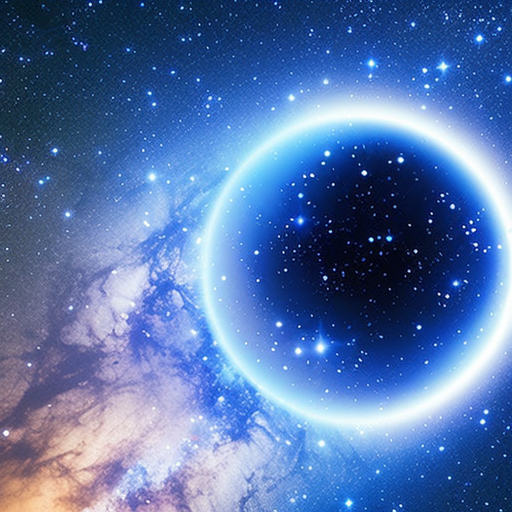Summary:
The interstellar medium refers to the matter and energy that exists between stars in a galaxy. It is composed of gas, dust, and cosmic rays, and plays a crucial role in the formation and evolution of stars and planetary systems. The interstellar medium is divided into two main components: the diffuse interstellar medium and the dense interstellar medium. The diffuse interstellar medium consists of low-density gas and dust, while the dense interstellar medium contains higher densities of gas and dust, often in the form of molecular clouds. These clouds are the birthplaces of new stars.
Composition of the Interstellar Medium:
The interstellar medium is primarily composed of hydrogen gas, with smaller amounts of helium and trace amounts of heavier elements. The gas is mostly in the form of atomic hydrogen, but it can also exist as molecular hydrogen in dense regions. The interstellar medium also contains dust particles, which are composed of various elements and compounds, such as carbon, silicon, and water ice. These dust particles play a crucial role in the formation of stars and planets by providing the necessary material for their formation.
Role in Star Formation:
The interstellar medium is essential for the formation of stars. Dense regions within the interstellar medium, known as molecular clouds, are the sites where new stars are born. These clouds are cold and dense, allowing gravity to overcome the outward pressure and initiate the collapse of the cloud. As the cloud collapses, it fragments into smaller clumps, eventually forming protostars. These protostars continue to accrete mass from the surrounding gas and dust until they reach a critical point and ignite nuclear fusion, becoming main-sequence stars.
Interaction with Stellar Winds and Supernovae:
Stellar winds and supernova explosions from massive stars have a significant impact on the interstellar medium. Stellar winds are streams of charged particles emitted by stars, which can create shockwaves and compress the surrounding gas and dust. Supernova explosions release enormous amounts of energy and eject material into the interstellar medium. These energetic events can trigger the formation of new stars and disperse the surrounding gas and dust, enriching the interstellar medium with heavy elements.
Observations and Study:
Scientists study the interstellar medium using various observational techniques. Radio telescopes are particularly useful for observing the emission and absorption of radio waves by the interstellar gas and dust. Infrared and optical telescopes are used to study the emission and absorption of light by the interstellar medium. These observations provide valuable insights into the physical properties, composition, and dynamics of the interstellar medium.
Importance for Planetary Systems:
The interstellar medium not only plays a crucial role in the formation of stars but also influences the formation and evolution of planetary systems. The gas and dust in the interstellar medium provide the building blocks for planets and other celestial bodies. The heavy elements produced by stellar processes enrich the interstellar medium, increasing the abundance of elements necessary for the formation of rocky planets like Earth. Additionally, the interstellar medium can affect the evolution of planetary atmospheres through processes such as photoionization and photoevaporation.
Conclusion:
The interstellar medium is a complex and dynamic environment that shapes the formation and evolution of stars and planetary systems. Its composition, density, and physical properties have a significant impact on the processes occurring within galaxies. Understanding the interstellar medium is crucial for unraveling the mysteries of the universe and our place within it.












